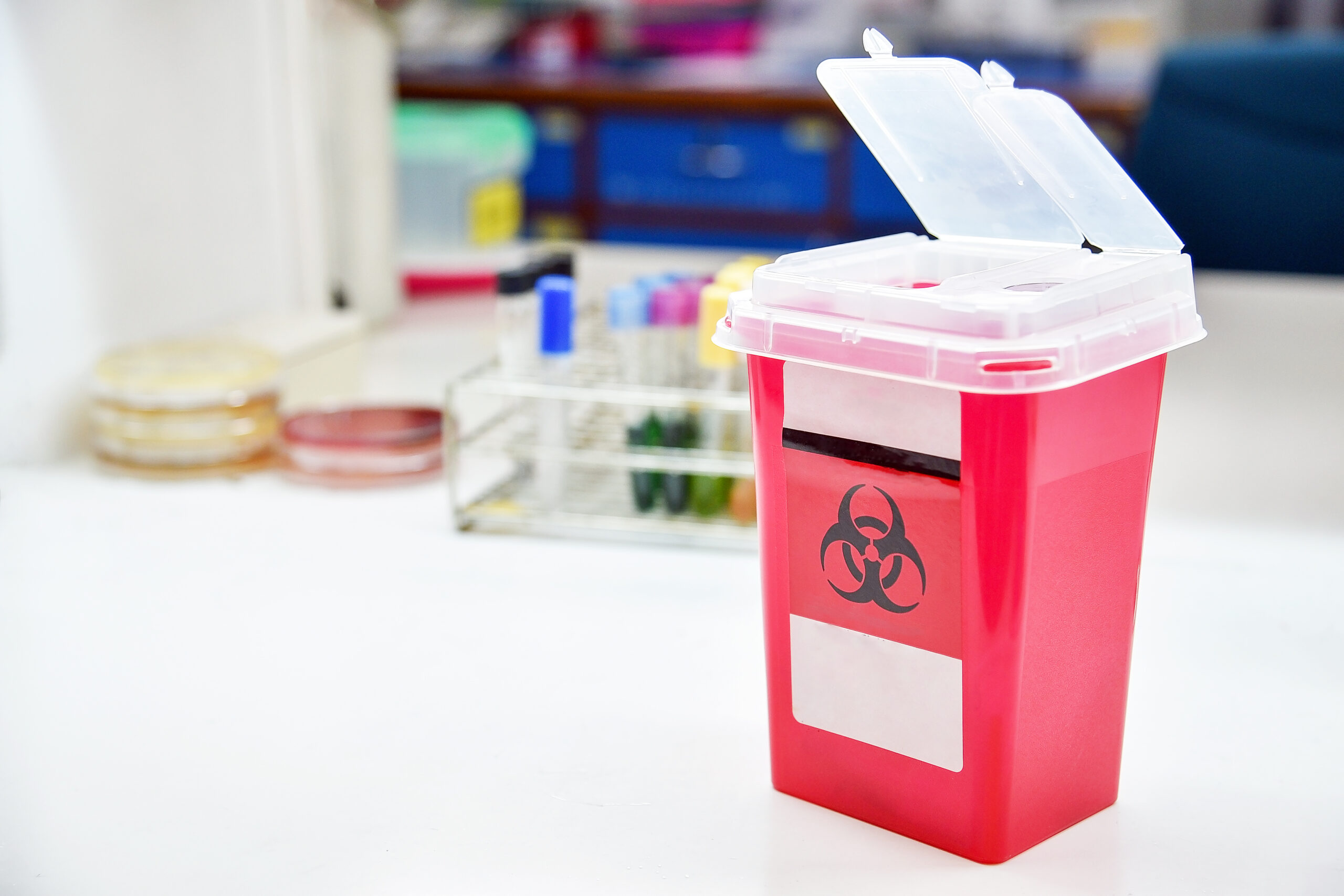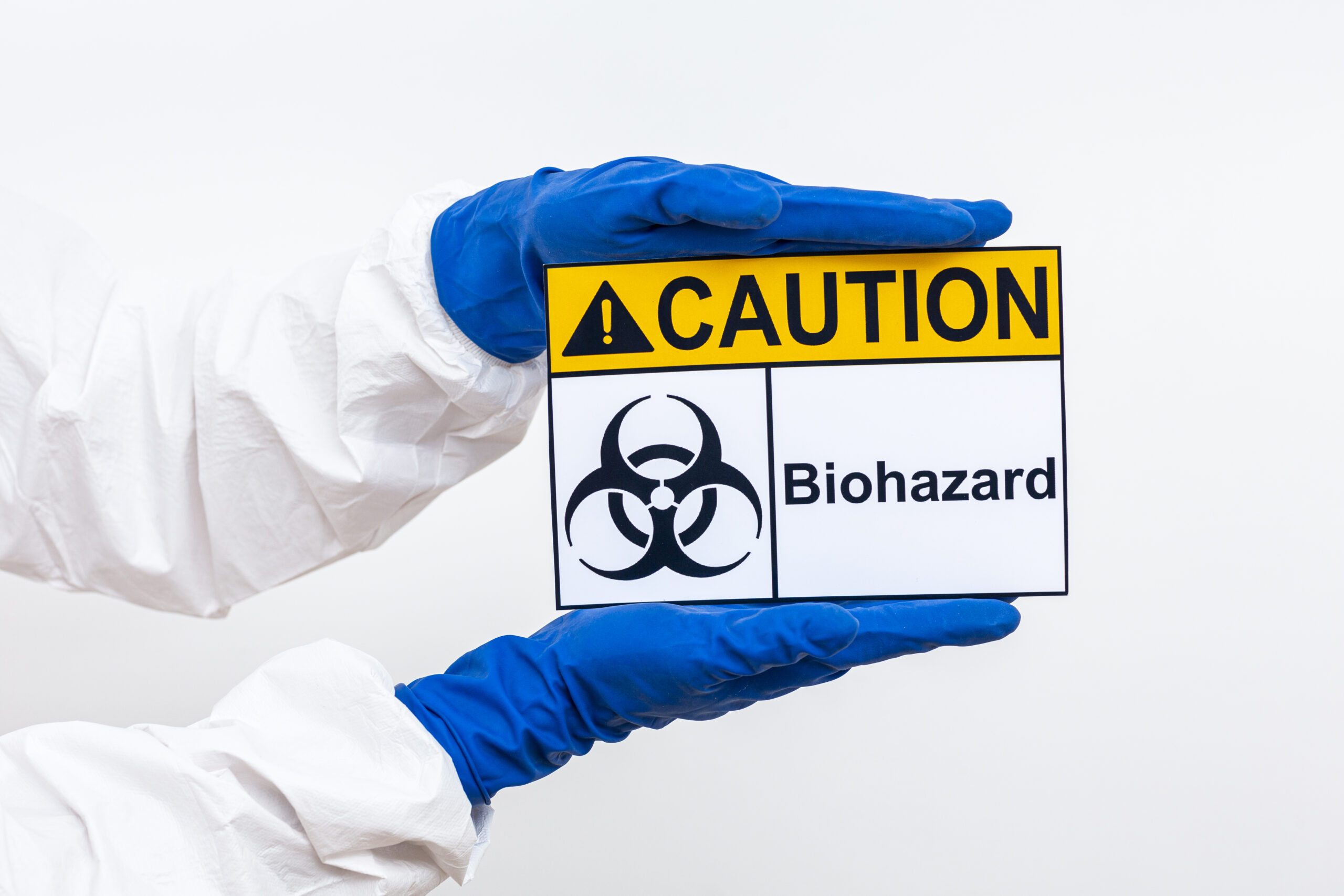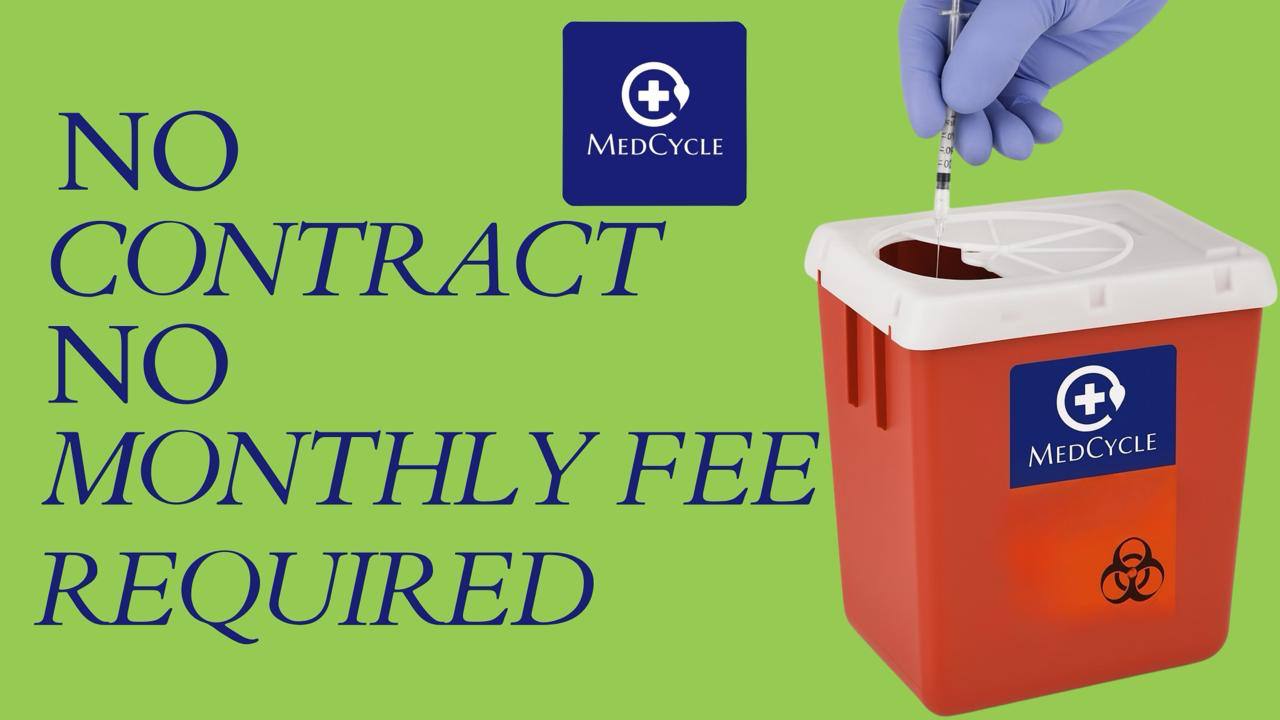When it comes to waste management, one of the most common questions people ask is: what is not considered hazardous waste? The answer is more important than you might think. Correctly classifying waste is the foundation of safe disposal, environmental protection, and compliance with regulations.
Hazardous waste poses serious risks to health, safety, and ecosystems. It must be handled under strict rules set by agencies like the EPA, often requiring specialized treatment. But not all waste falls into this category. In fact, most of the waste we generate every day — from household trash to construction debris — is non-hazardous waste, meaning it doesn’t have dangerous properties like toxicity, ignitability, or corrosivity.
Understanding the differences between hazardous and non-hazardous waste helps businesses and individuals make informed decisions. It also prevents unnecessary costs, avoids regulatory problems, and supports sustainability through recycling and responsible waste disposal methods.
In this guide, we’ll break down waste classification, explore 7 key differences, and give you practical steps to improve waste management safely and effectively.
Understanding Waste Classification: Hazardous vs. Non-Hazardous
Waste classification is the starting point for any waste management system. It’s how we decide what disposal method should be used and what risks are associated with a material.
Factors Used in Waste Classification
-
Origin: Where the waste came from (industrial, medical, household, commercial).
-
Composition: What materials it contains (chemicals, metals, organics, plastics).
-
Hazards: Whether it poses risks like being flammable, toxic, or corrosive.
Under the Resource Conservation and Recovery Act (RCRA), hazardous waste is defined by four key traits: ignitability, corrosivity, reactivity, and toxicity. Waste without these properties is generally considered non-hazardous.
👉 Waste classification matters because: it ensures the right disposal method is used, protects public health, and keeps businesses compliant with state and federal laws.
What Defines Hazardous Waste?
Before we talk about what is not hazardous waste, it’s important to understand what qualifies as hazardous.
Hazardous waste includes materials that are:
-
Ignitable: Easily catch fire (e.g., solvents, fuels).
-
Corrosive: Can corrode metal or skin (e.g., strong acids, cleaning agents).
-
Reactive: Unstable, can cause explosions (e.g., old chemicals, peroxides).
-
Toxic: Harmful or poisonous (e.g., pesticides, batteries with lead or cadmium).
Examples include batteries, pesticides, old paints, medical waste, and industrial chemicals. Each type requires special handling and disposal, such as incineration or chemical treatment, to neutralize risks.
👉 In short: hazardous waste is defined by its danger. Anything that can harm people, animals, or the environment if mishandled falls into this category.
What Is Not Considered Hazardous Waste?
Now, let’s answer the big question: what is not considered hazardous waste?
Non-hazardous waste is waste that does not have dangerous traits like ignitability, toxicity, corrosivity, or reactivity. Because it’s safer, it can be handled and disposed of through less restrictive methods such as municipal collection, composting, or recycling.
Examples of Non-Hazardous Waste
-
Household Trash: Everyday garbage like food packaging, paper, plastics.
-
Food Scraps: Organic waste that can be composted.
-
Yard Waste: Leaves, grass clippings, branches.
-
Construction Debris: Wood, bricks, concrete.
-
Uncontaminated Packaging: Cardboard, bottles, aluminum cans.
-
Certain Industrial By-Products: Materials that don’t contain hazardous chemicals.
Even though this waste is non-hazardous, responsible disposal is still essential. Recycling, composting, and waste-to-energy conversion help reduce landfill use and protect the environment.
7 Key Differences Between Hazardous and Non-Hazardous Waste
Understanding these differences helps businesses and individuals avoid mistakes. Here are the 7 most important distinctions:
-
Potential Harm
-
Hazardous waste can cause serious health or environmental damage.
-
Non-hazardous waste does not pose significant risks if handled properly.
-
-
Handling and Storage
-
Hazardous waste requires secure containers, labeling, and restricted storage areas.
-
Non-hazardous waste can usually be stored in regular bins or containers.
-
-
Regulations
-
Hazardous waste is heavily regulated under EPA and state laws.
-
Non-hazardous waste is managed under general waste laws, with fewer restrictions.
-
-
Cost of Disposal
-
Hazardous waste disposal is expensive due to treatment and compliance.
-
Non-hazardous waste disposal is cheaper and simpler.
-
-
Examples
-
Hazardous: batteries, pesticides, paints.
-
Non-hazardous: household trash, food scraps, yard debris.
-
-
Facilities Required
-
Hazardous waste must go to specialized facilities.
-
Non-hazardous waste can often be handled by municipal waste services.
-
-
Environmental Impact
-
Improper hazardous waste disposal causes long-term pollution.
-
Non-hazardous waste may cause litter or landfill overflow but is less dangerous.
-
👉 These differences highlight why waste classification is essential before choosing a disposal method.
Waste Disposal Methods: Hazardous vs. Non-Hazardous
Hazardous Waste Disposal
Because hazardous waste poses risks, it must go through specialized processes:
-
Incineration at high temperatures to destroy toxins.
-
Secure Landfills with liners to prevent leaks.
-
Chemical Treatment to neutralize hazardous properties.
Non-Hazardous Waste Disposal
Non-hazardous waste has more eco-friendly options:
-
Recycling for paper, glass, plastics, metals.
-
Composting for food and yard waste.
-
Waste-to-Energy facilities that convert trash into power.
-
Municipal Landfills for everyday non-recyclable items.
By choosing the right disposal method, businesses and households reduce costs, minimize environmental impact, and stay compliant.
Why Proper Waste Classification Matters
Waste classification is not just paperwork — it’s what ensures safety. Misclassifying hazardous waste as non-hazardous can lead to fines, accidents, and long-term pollution. On the other hand, over-classifying safe materials as hazardous leads to unnecessary costs.
Proper classification:
-
Protects workers and communities.
-
Supports recycling and sustainability.
-
Reduces legal risks.
-
Ensures efficient use of disposal resources.
👉 At the end of the day, classification equals compliance.
Regulatory Framework in the U.S.
In the United States, hazardous and non-hazardous waste management is regulated by the Resource Conservation and Recovery Act (RCRA). The EPA enforces these laws at the federal level, but each state also has its own requirements.
Key regulations include:
-
Safe storage and labeling of hazardous waste.
-
Approved treatment methods before disposal.
-
Documentation and record-keeping for audits.
👉 For official guidance, see the EPA Hazardous Waste Basics.
FAQs
Q1. What is not considered hazardous waste?
Non-hazardous waste includes items like household trash, food scraps, yard debris, and construction materials that do not exhibit hazardous traits.
Q2. How do I know if waste is hazardous or not?
Check for the four traits: ignitability, corrosivity, reactivity, and toxicity. If waste doesn’t meet these, it’s usually non-hazardous.
Q3. What are common waste disposal methods for non-hazardous waste?
Recycling, composting, waste-to-energy conversion, and municipal landfills are the most common methods.
Q4. What are the main differences between hazardous and non-hazardous waste?
Hazardous waste is dangerous, regulated, and expensive to dispose of. Non-hazardous waste is safer, less regulated, and cheaper to handle.
Q5. Why does waste classification matter?
It ensures proper handling, avoids fines, and supports environmental sustainability. Misclassification can cause accidents or unnecessary costs.
Conclusion: Making Informed Choices for a Safer Environment
So, what is not considered hazardous waste? Simply put, it’s the everyday materials — from food scraps to construction debris — that don’t carry dangerous traits like toxicity or reactivity. But just because they’re safer doesn’t mean they should be ignored.
By understanding waste classification, recognizing the differences between hazardous and non-hazardous waste, and choosing the right waste disposal methods, businesses and individuals can reduce costs, stay compliant, and protect the environment.
At MedCycle Waste Management, we help clinics, businesses, and facilities across Texas handle both hazardous and non-hazardous waste safely and responsibly. Whether you’re a hospital, a small business, or just someone looking to improve sustainability, informed decisions about waste make all the difference.
Contact MedCycle Today
Let’s talk about how we can help your clinic stay compliant, efficient, and secure.
📍 Serving: Houston | Dallas | Katy | Plano | Sugar Land | The Woodlands | Frisco
📞 Call 281.789.0202
🌐 Visit https://medcycle.com/contact
💬 Request a Free Quote in Minutes
Protect your clinic, your staff, and your community—with MedCycle.
Follow us on
Instagram and
Facebook
to stay in the loop on all the latest deals!



